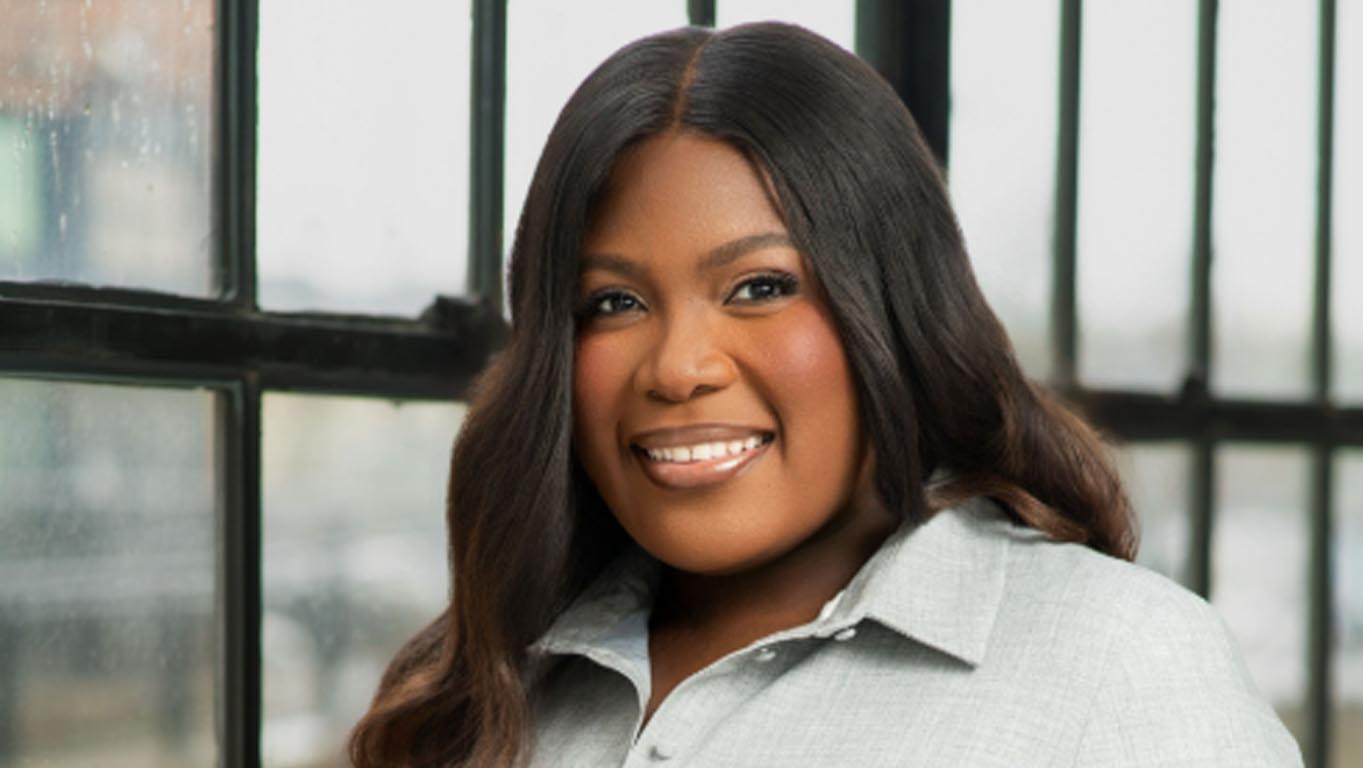More Isn't Always Better With Sports Graphics
I have a friend who has a particular discipline when it comes to dress ties--he always owns the same number of them, never more, never less. When he buys a tie for himself, or receives one as a gift, he gives one to Goodwill.
It seems to me that those commissioning sports coverage graphics could use a little of that kind of discipline themselves. There are enough graphics on most sports telecasts, so if you're going to add one, throw an old one away.
RAISON D' ETRE
Let me say that I like graphics on televised sports events and consider them critical to the broadcasts for two reasons. I follow sports and like to watch them on television, and I've been known to watch them in noisy bars.
So that I don't seem like the old-school coot that I probably am, I want to applaud some of the higher tech graphics, like the flags that follow NASCAR racing vehicles. I'm not the end-of-the-earth NASCAR fan, but it makes the sport easier to follow.
Let me be clear about the graphic that set off this little screed--the big fat red arrow laid on the NFL field to indicate how many yards to go for a first down. It's redundant.
All through the game, I've been taught where to look on-screen for down and distance. I know what direction the offense has to go. So why this? In the metaphor of my friend managing his ties, the red arrow needs to be treated like a Father's Day gift and sent to Goodwill without ever being worn.
Having appointed myself some kind of deity on sports graphics, I owe some ideas about rules on the subject.
BECAUSE WE CAN
It's generally a bad idea to do something just because you can. The graphics people are only doing their jobs conjuring up new computer graphics and asking, "How do you like this?"
After telling them the new graphic is pretty, you have to ask yourself if it communicates something new, or if it's the best way to communicate that information, and does it clutter the screen.
If you are going to use a new graphic, come up with rules for its use. I'll give the red arrow people this point; they seem to use it only when it's third or fourth and long. Rules for a graphic shouldn't be set so tight that it's used only once or twice a game.
On-screen graphics are not a good place for humor in a sports broadcast. I've seen this mostly tried by color commentators using their telestrator. Note: You're not a comedian, and look what happened the last time a network tried using a comedian as a color commentator.
A telestrator's best use is when it tells the viewer what to look for. I'm not likely to see a guard pull unless he's circled beforehand, so this is a good use of the device. Likewise, I'm going to need help finding the race car that went sideways first in a wide shot of the first lap, so a circle or arrow helps here as well.
Don't use graphics to point out the obvious. If I'm watching Monday Night Football and can't hear the audio, I don't need to have a Batman-ish "Boom!" put on the screen to know that's what John Madden just said. If I want that, I'll turn on the captioning.
WHERE'S THE SCORE?
Don't cover up game action. There's only so much time between plays, and if an oversized graphic is designed to be removed before the ball is snapped or a pitch is thrown, it sure as heck is not going to happen all the time.
On a positive note, make sure the basics are in there. Balls and strikes, outs and innings, down and distance, time remaining and the play clock all keep the viewer in the excitement of the game. Any other graphic that covers up or removes those basics should be tossed out. (Think about the basics as the conservative tie you wear to a funeral.)
Don't try to squeeze things smaller, thinking that everybody has the high-def screens to watch the game on. They don't, and Congress isn't going to make them get one any time soon. Hey, even if we are watching it on a big screen, remember that some of us are in bars.
There are certainly more rules, but you can come up with some of them yourself. Go to a sports saloon, sit and watch the game, and take notes. If you want help, invite me. (Ed note: your company is buying.)
I get back to the basic tenet that there are enough graphics on sports telecasts today, so if you're going to add something, get rid of something. Also, newer isn't necessarily better.
Now the only question is, what's Goodwill going to do with all those graphics you've dumped in their bin in the middle of the night? They're struggling enough with all the Production Manager columns TV Technology has donated. And my friend's ties.
The professional video industry's #1 source for news, trends and product and tech information. Sign up below.
